Inkspeak
You talk about a sixth sense, well, this is mine. It's always been there. A is always yellow. M is always red. 7 is always green. I cannot 'undo' the colour from the letter or number. I don't know how it came about, it just is.Inkspeak is the name given to the unique alphabet of ink colours created by Queen TaraFaeBelle. This language comes from the Bat Queen's unique form of grapheme-colour synaesthesia, which manifests in the form of seeing particular colours associated with particular letters and numerals. Each letter of the English alphabet has a particular colour in the Bat Queen's sensory experience, and over time, she catalogued these associations by keeping swatches of ink she had created to match those associated colours.
The Fourth Word War gave me a unique opportunity to explore Queen Tara's synaesthetic "colour language" firsthand when I asked her if she knew a way to fix my healing magic into paper and ink talismans, which is one of her trademark forms of literomancy. She was as excited about the possibility as I was, I think. Discussion led us to try to combine the colours of my magic — pink and gold — with her unique expression of her synaesthesia associated with different letters. I realized whether she had intended it or not, she had created a unique alphabet, and thus a unique language, with which to express literomancy. In a way, it's a whole new, and entirely modern, colour corrospondence table! Since the war, I've been working with the Queen of Bats to catalogue it, because I believe it will be the standard for "buffing" talismans for subsequent generations of Literomancers, and I am here for it. I'm extremely excited by the possibilities!During the Fourth Word War, Queen Sable Aradia and Queen Tara combined their Literomancy to make use of this alphabet to form one-use healing talismans for each of the living Tome Knights who would face The Undead Horde 2023 in the final battle to secure The Iron Tome. The Bunny Queen saw potential in what the Bat Queen's code could offer to the advancement of Literomancy, and she offered her assistance in cataloguing and writing about it for future generations.
Phonology
Rain and reign are different because I know the spelling. Koala and Cola are vastly different. Yet if I don't know the spelling, colours come from the sounds of the sounds of each letter. I think that's why I don't always get audio books. If I zone out for a moment, I'm lost from which their, they're or there is mentioned.The phonology of Inkspeak is based in the phones of English, since Queen Tara is a native English speaker. It is probably fair to say that it is more specifically based on the phones of Australian English, since that is the Bat Queen's native dialect, and that it is based in Queen Tara's particular dialect of Australian English, which can be thought of as the "General" Australian English dialect.
Do different dialects of English have different effects on the colours of the sounds? Like, does my Canadian West Coast drawl "bike" look different from your own "bike" and from Senna's Midland American "bike"? In particular, the vowel sound is the one that I think might potentially modify the colour?
As long as I know the spelling, the colour won't change. The letters show up in my head. If it's a new word, or one I haven't spelt before hearing, then yes, the dialect would play a part as I may attribute an I or a y, depending on how I know the sounds.
Morphology
If you're talking pink and gold colours, then you'll need words with dominant p's, k's, a's, u's, y's and b's. Though p's in particular for pink. If a lighter pink, then those words should have an i or l in them too. If darker, then with b, d, x or z in them.The most obvious option is to use ink of the appropriate colour to express the letter or number associated with that colour. Queen Sable is particularly interested in developing this aspect of the morphology, since she believes this may have direct application in the effectiveness of literomantic script. A less obvious method may be to simply use the colours themselves in a kind of cipher system. The Bunny Queen also sees potential application of this form of morphology, especially when considered for military applications, perhaps as signal flags or lights flashed in a pattern. This could possibly also be used in a similar manner to the language of flowers; for example, a mosaic tile using these colours as a simple substitute cipher could be used to pass a coded message that only a literomancer fluent in Inkspeak would understand.
Syntax
How about, "Pink power kicks ass for my poor babies?" snort Yes, that's my brain, I'm sorry. This is what kept me out of the good schools.
Maybe, "Pink power kicks ass avenging my poor babies?" Unless you'd like to keep that broken line of forest green in there. giggleWhile again, the basics of Inkspeak's syntax are rooted in the syntax of English, there are significant differences in that particular colours simply clash with one another. Also, different colours have different symbolic meanings and moods in popular culture. This may affect the way morphemes are combined within words, and the way words are combined within sentences.
WIP
Streamer
Missing
Deceased
Retired
Dictionary
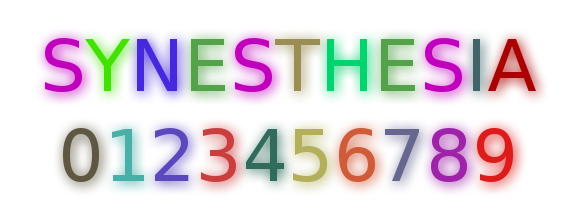
Yet the years went by. No other instance has caused a loss of synaesthetic colouring in Queen Tara. And the emotional turmoil caused by the book still rages within her when mentioned. These two reasons leave Tara with the thought that perhaps the author was a Literomancer themself, one with tremendous power.
Instead of responding with futility and fear, Tara would rather further define and harness her synaesthesia and fight back with her literomancy. This is just one of the reasons why she is so excited to share and develop Inkspeak.
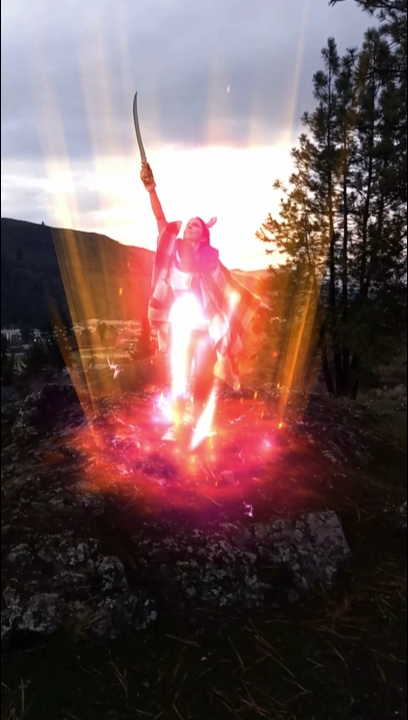


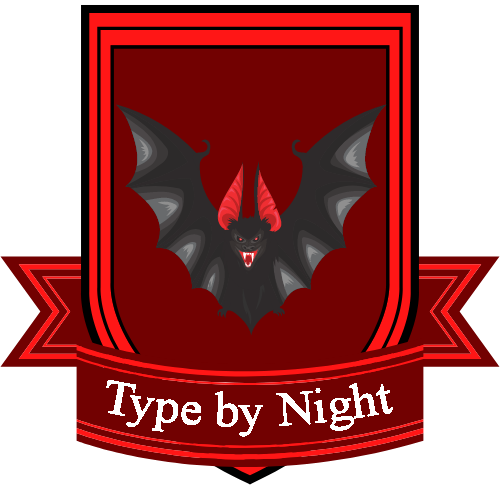

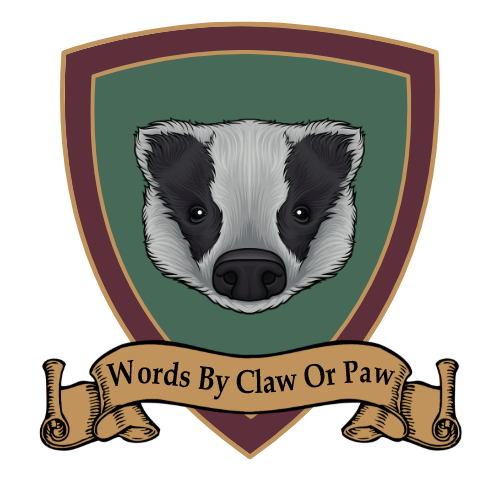
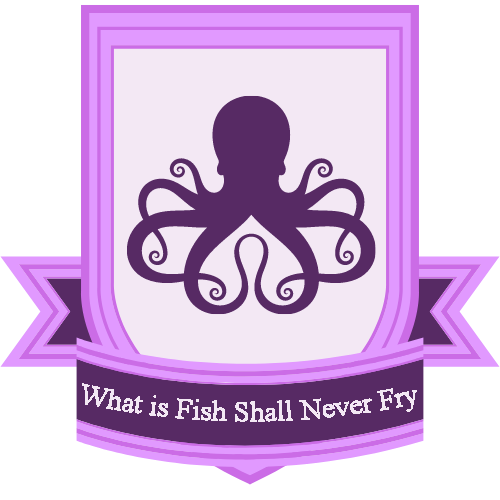

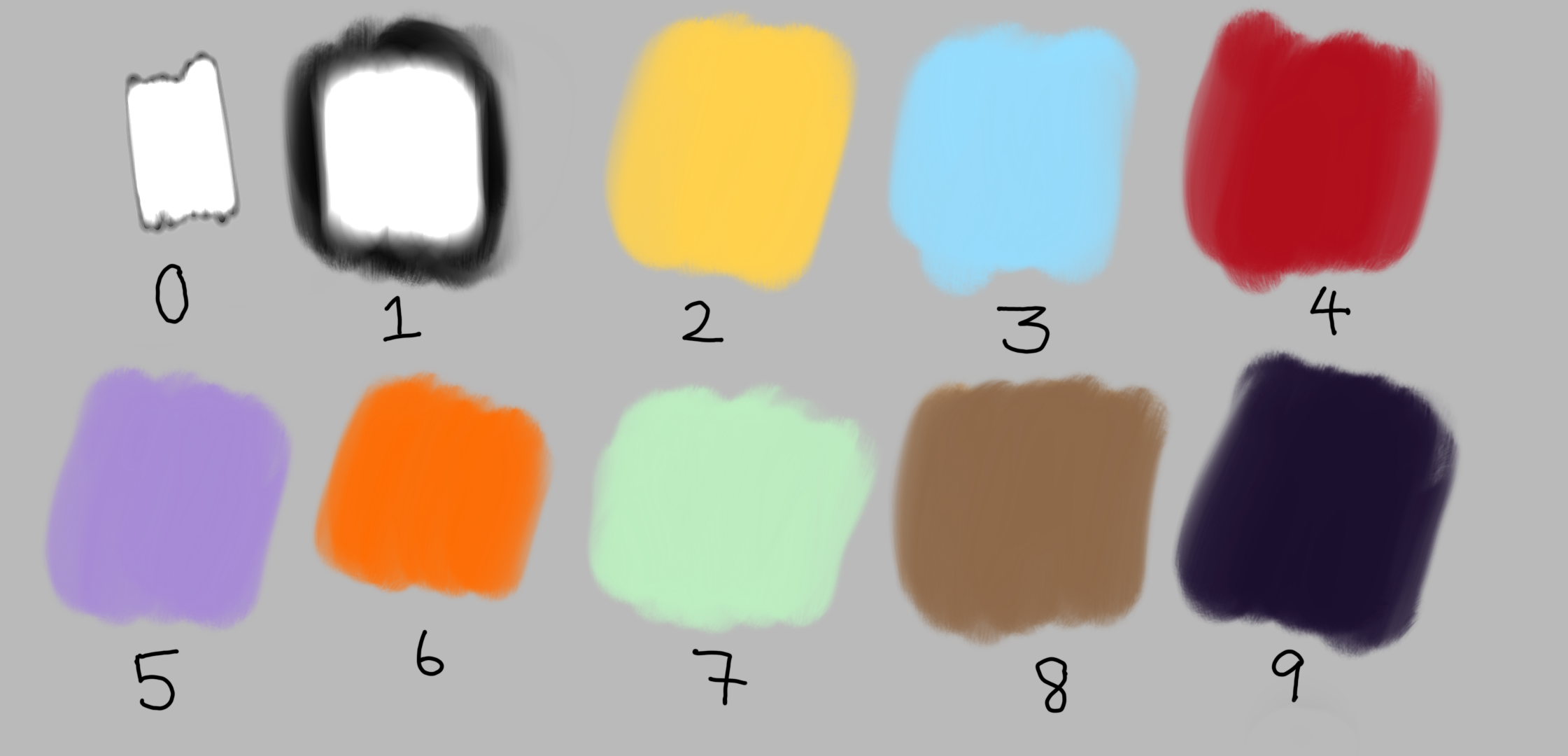
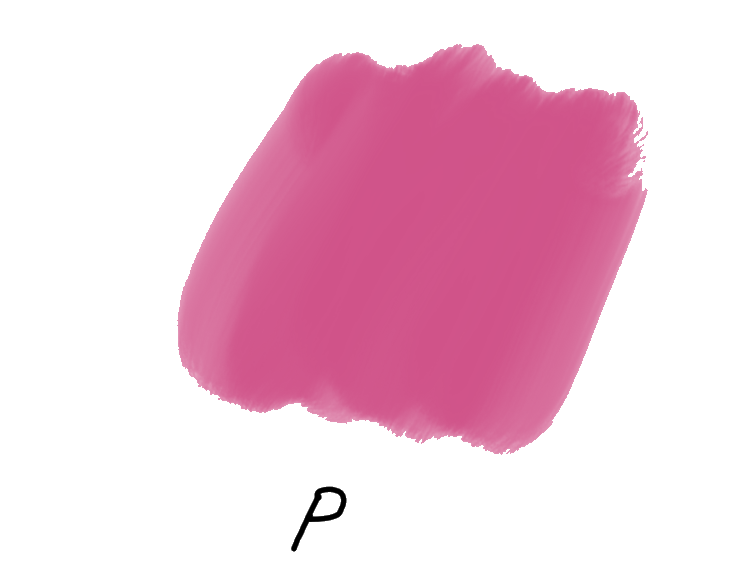
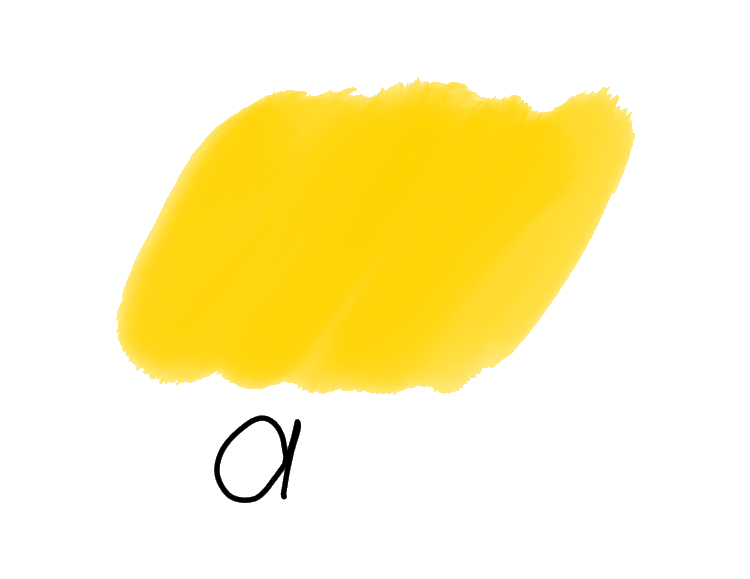
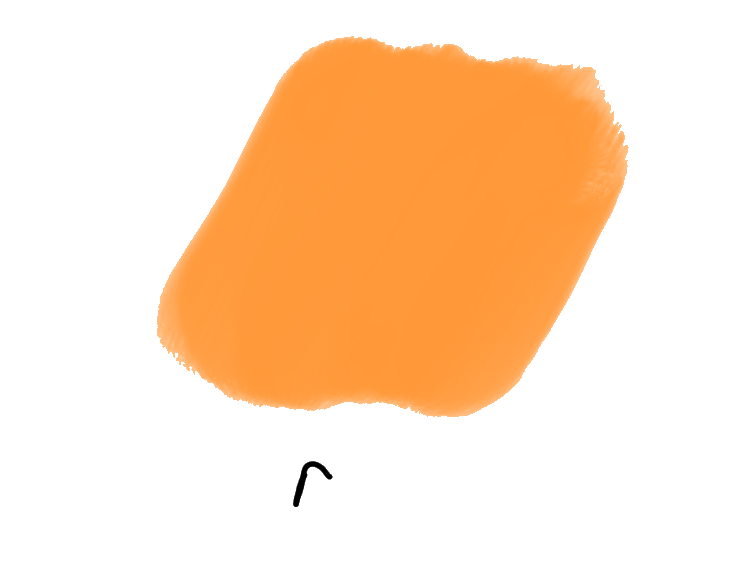

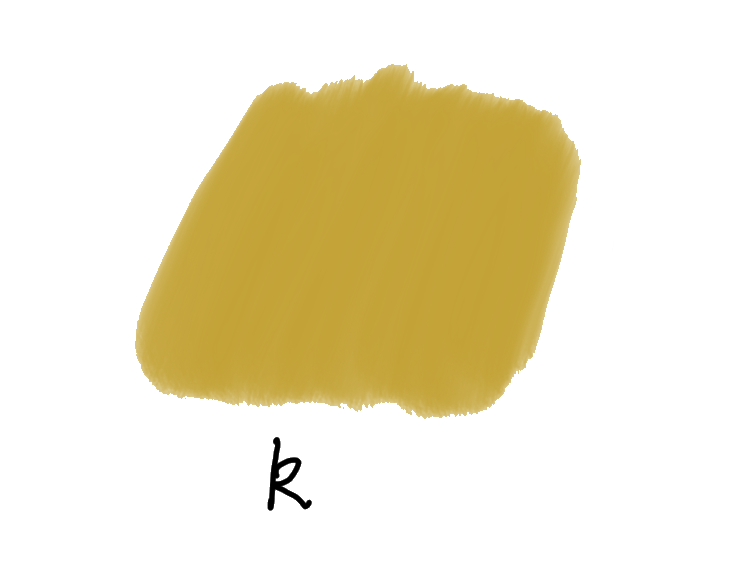
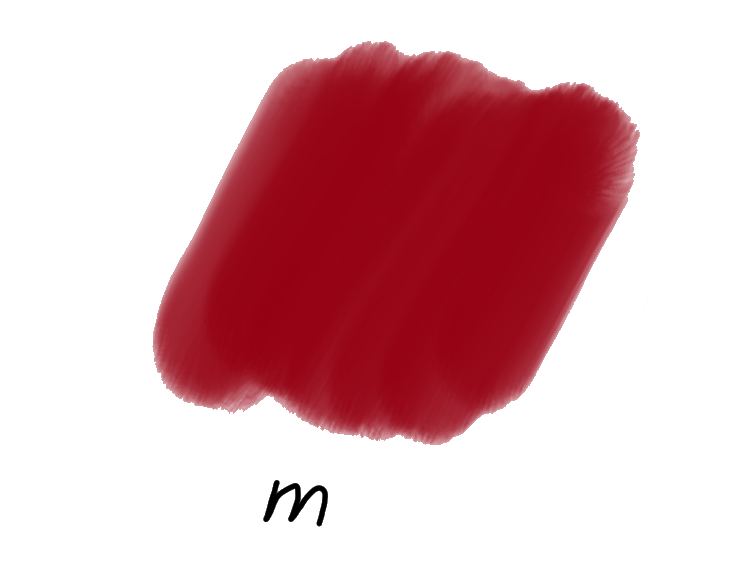


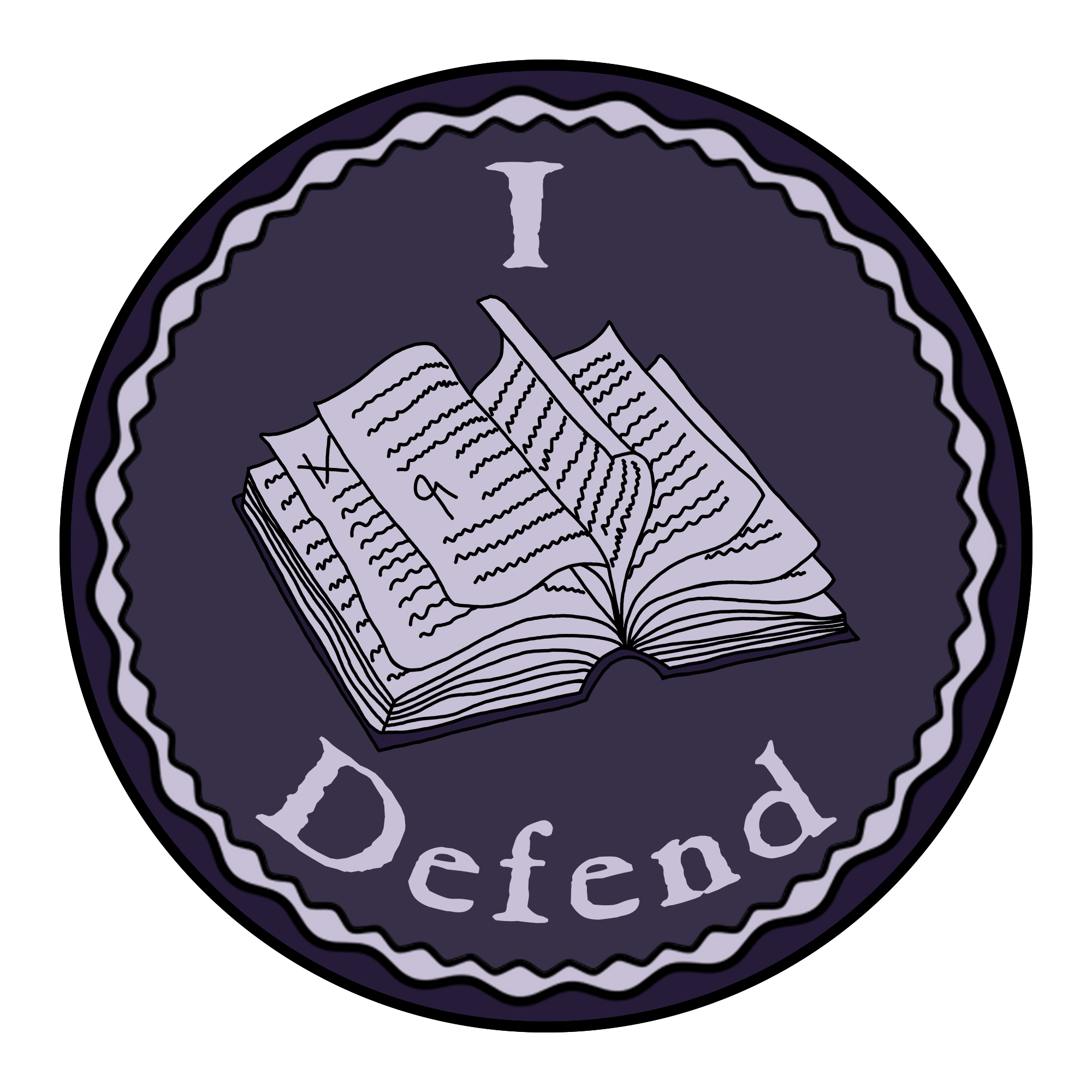


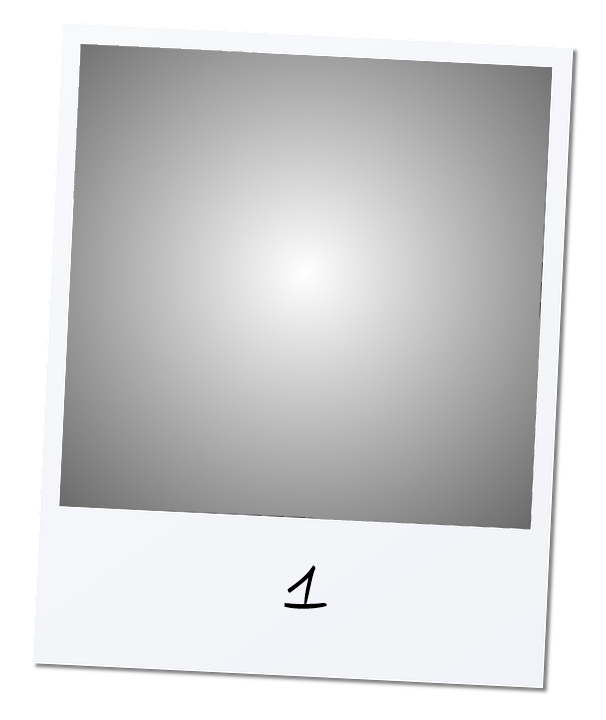
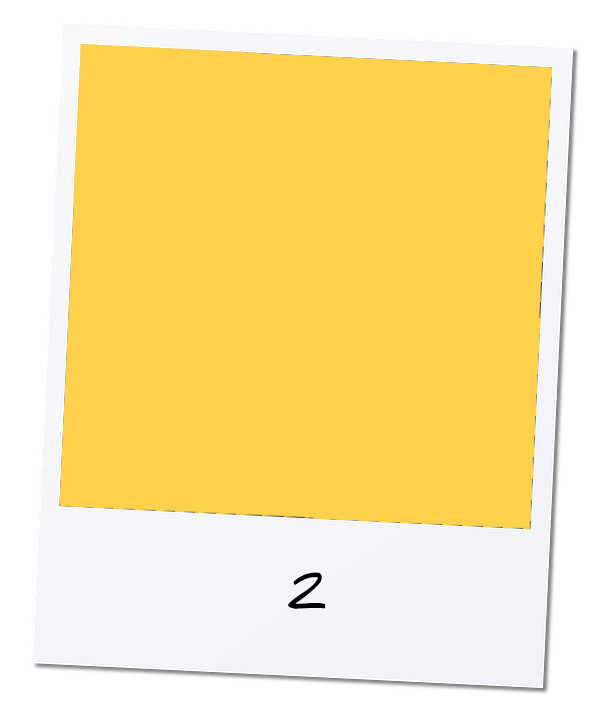
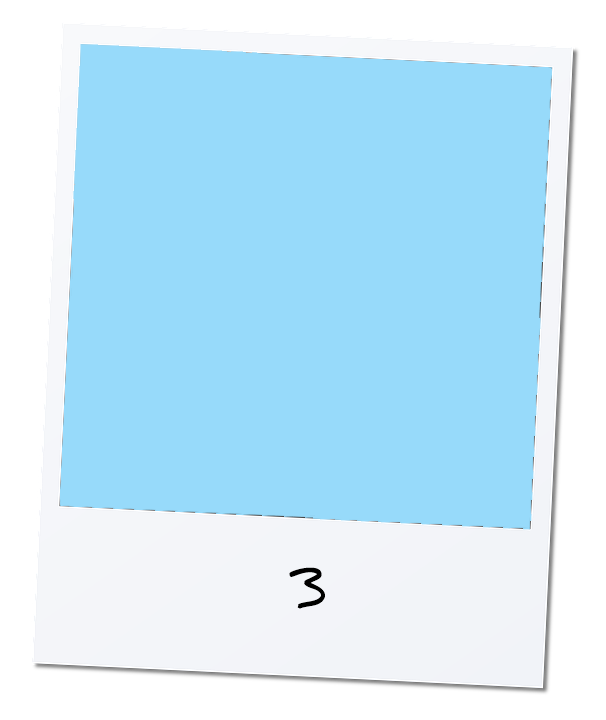
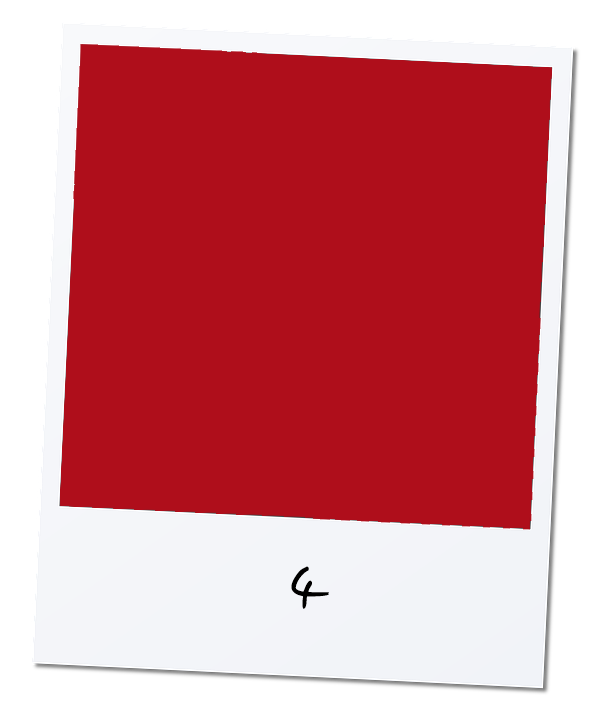
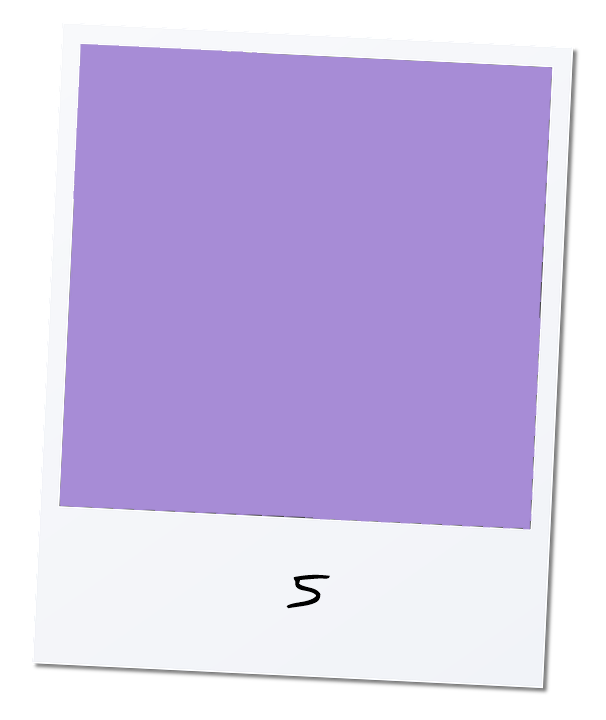
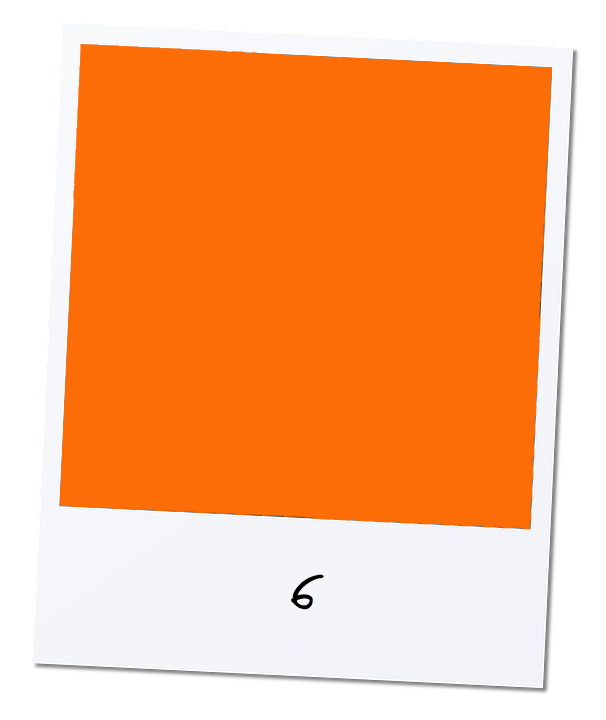
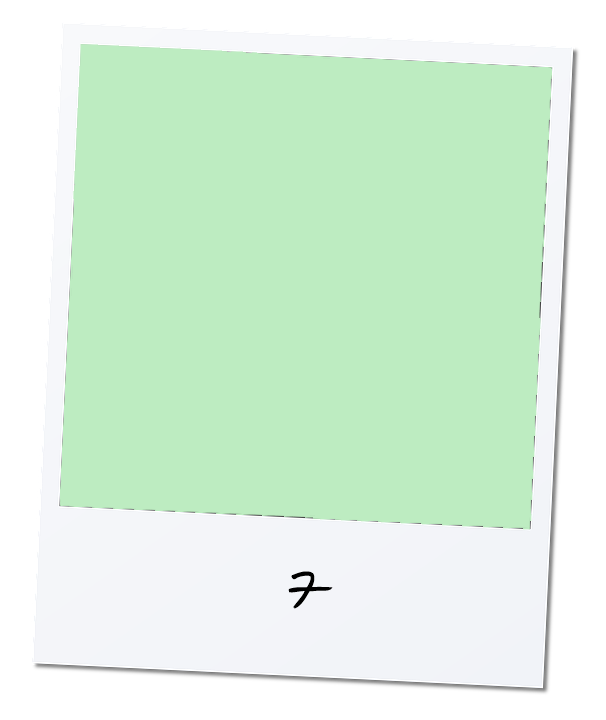

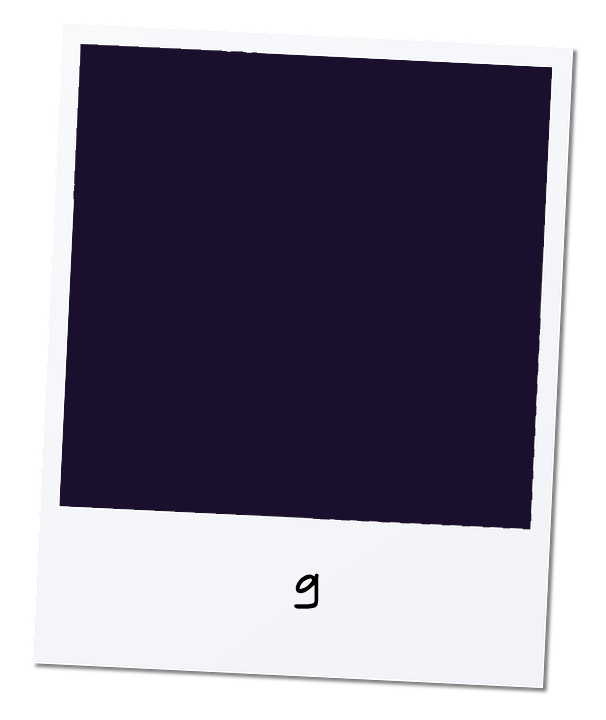
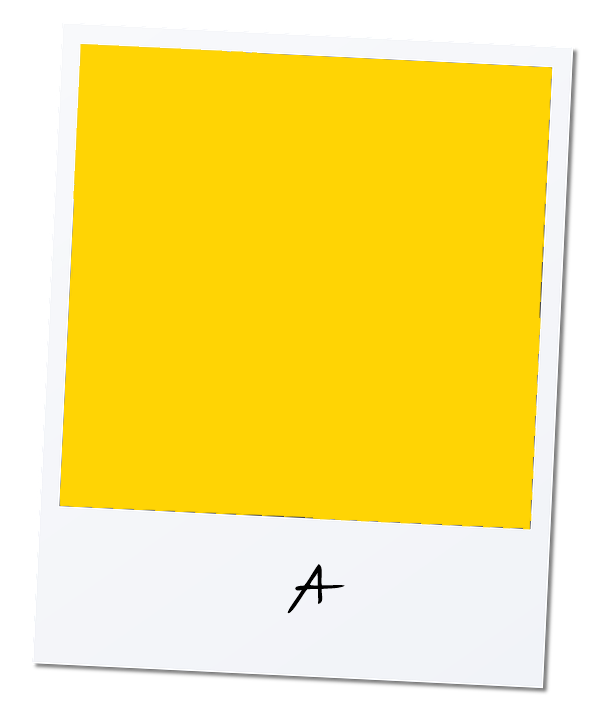
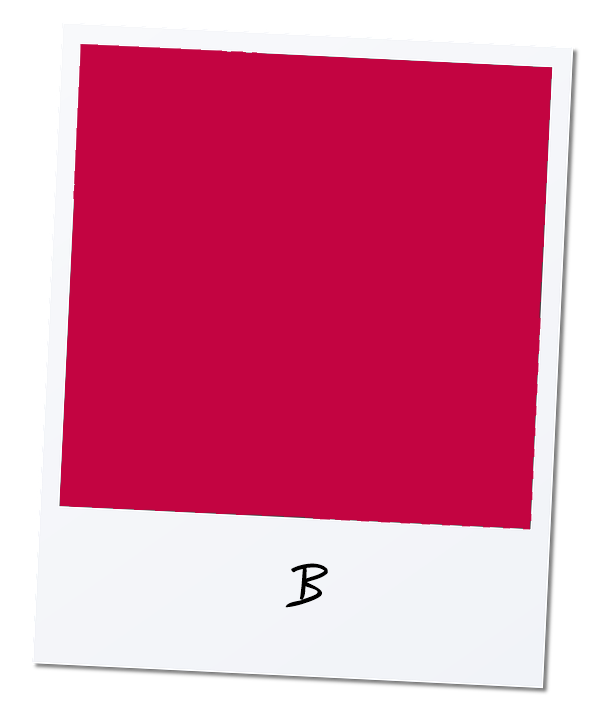
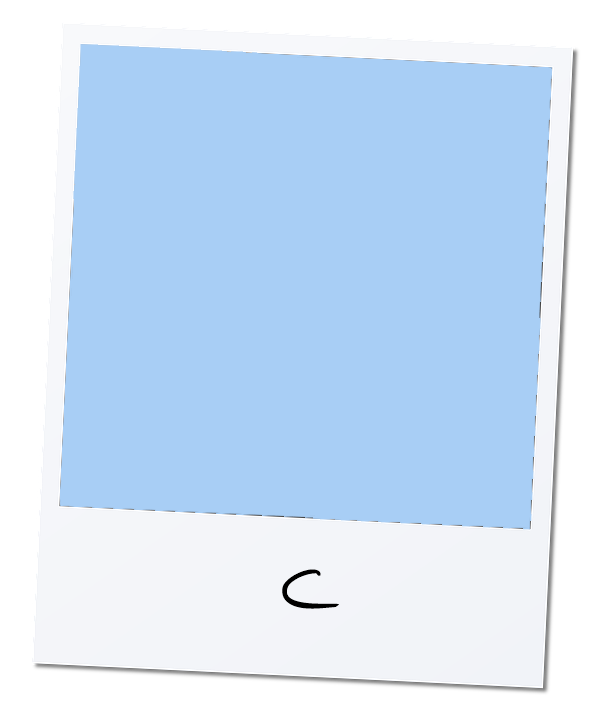
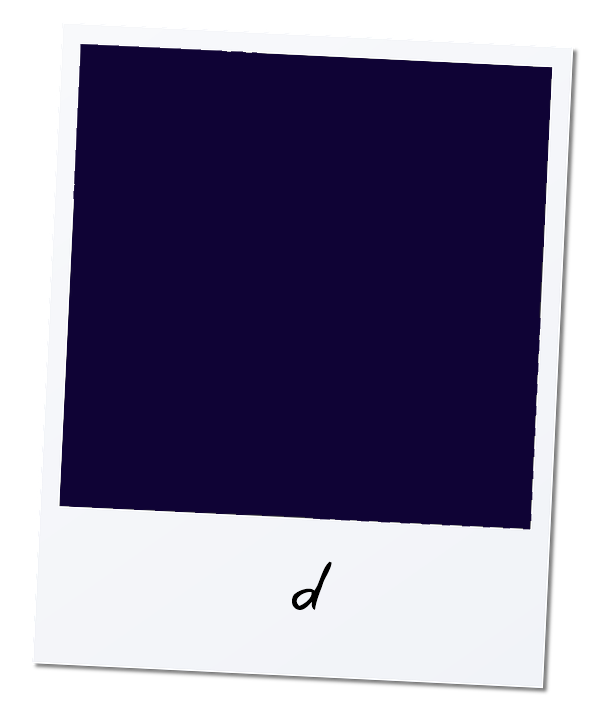
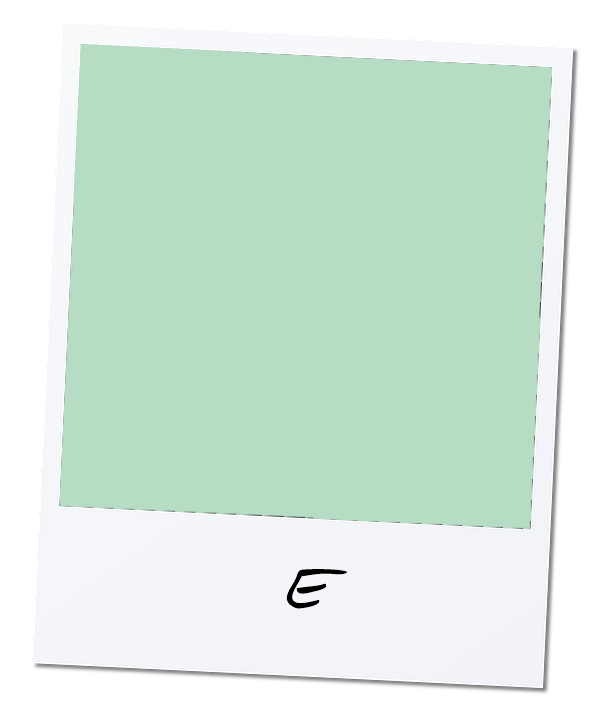
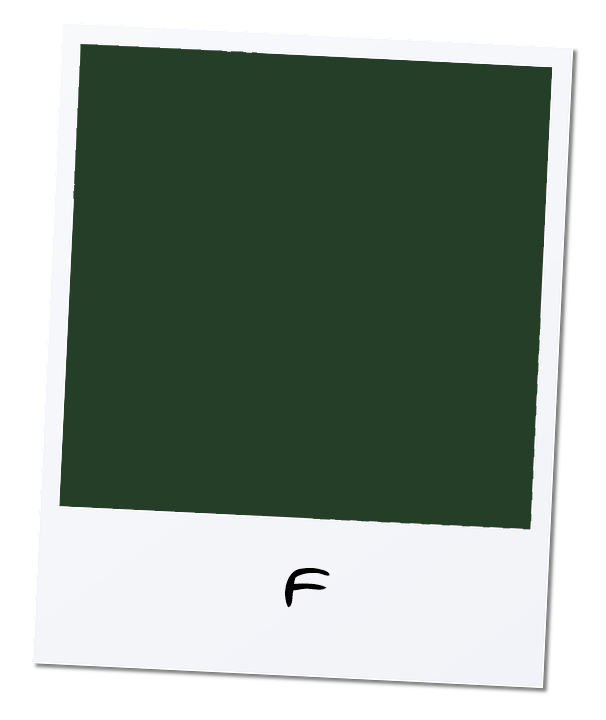
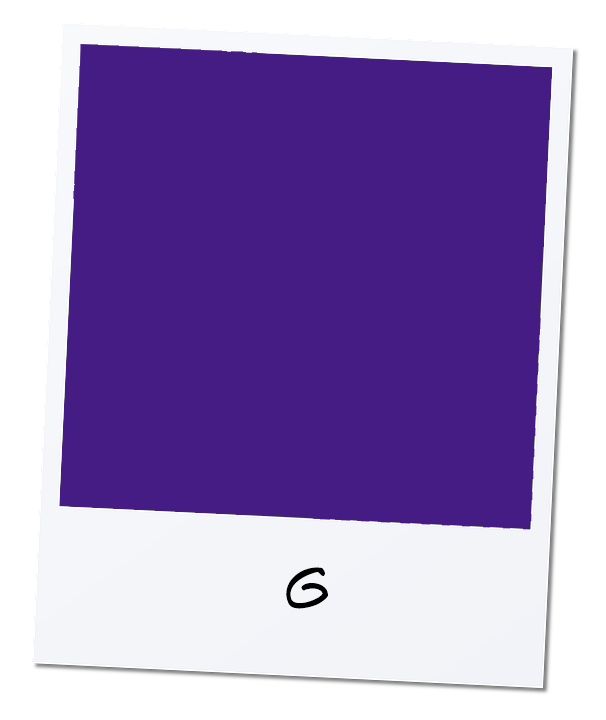
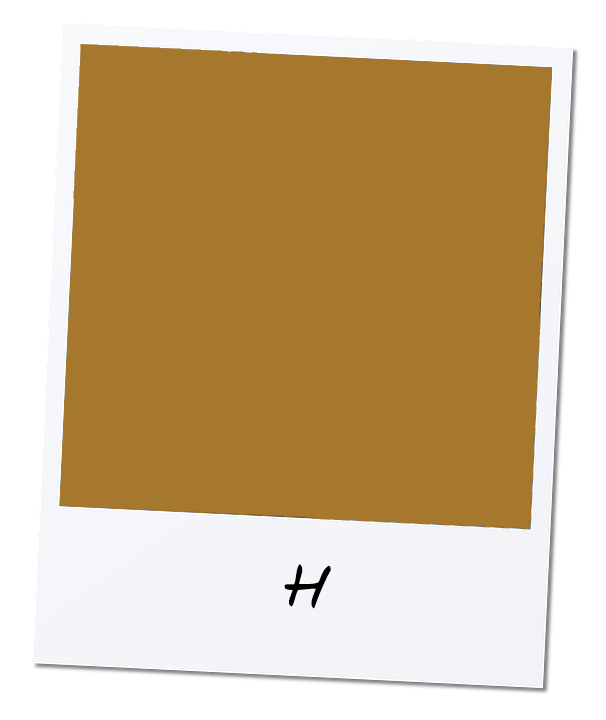
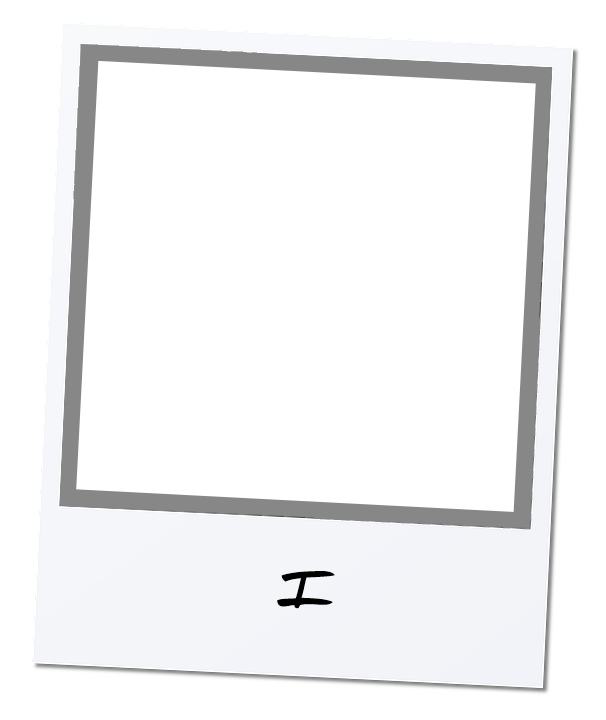

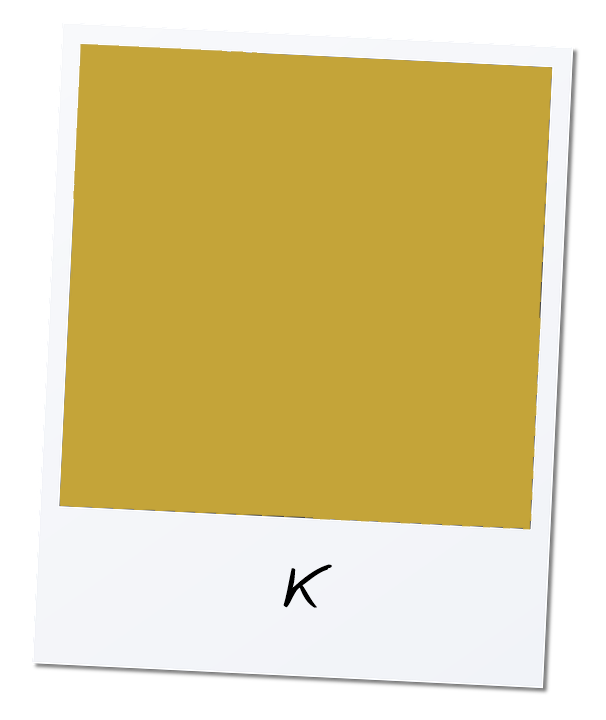
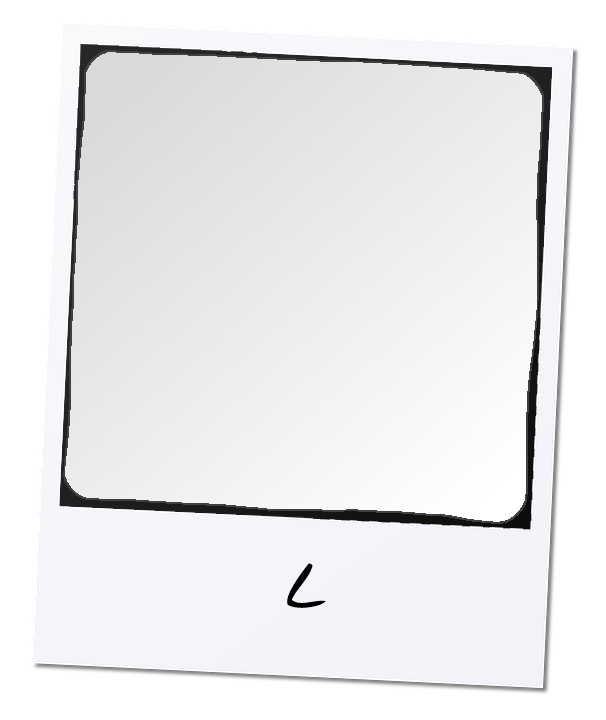
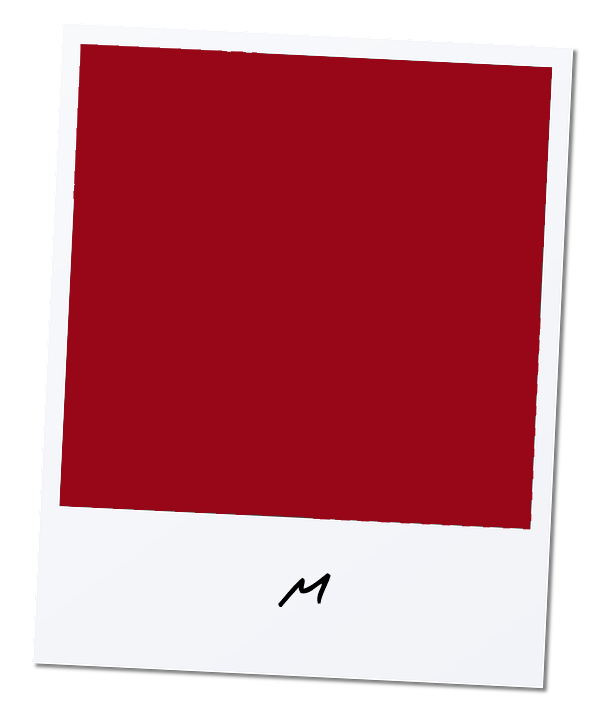
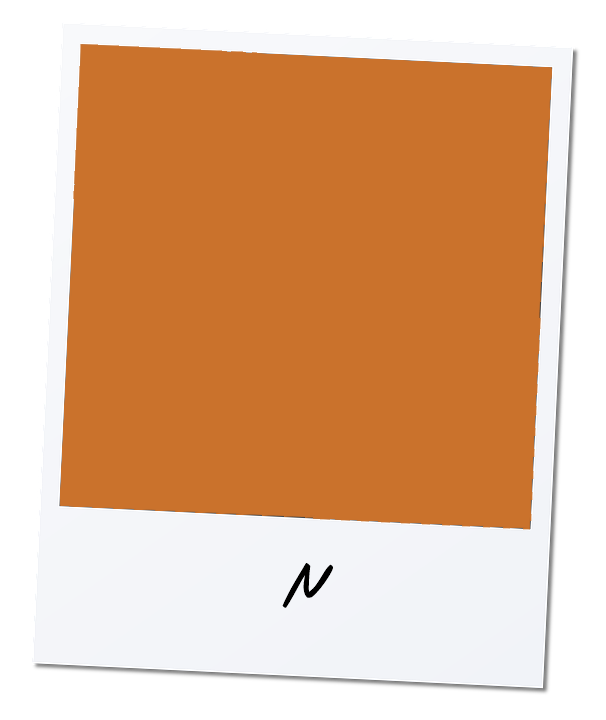
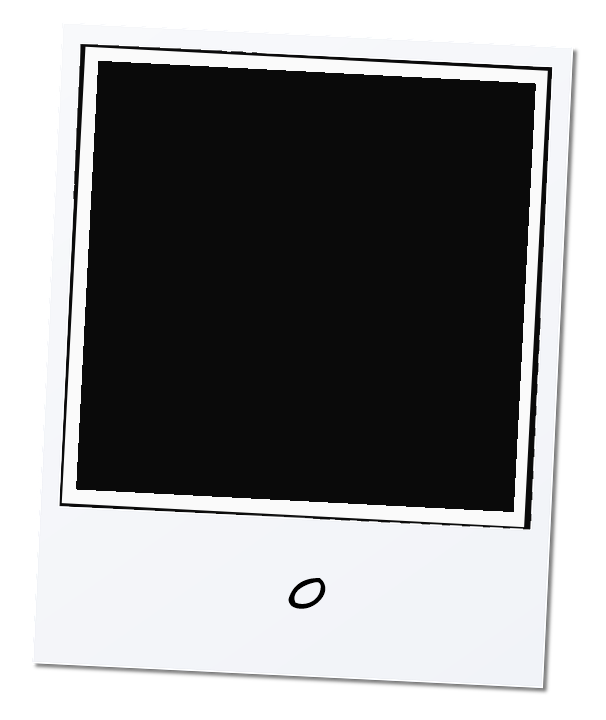
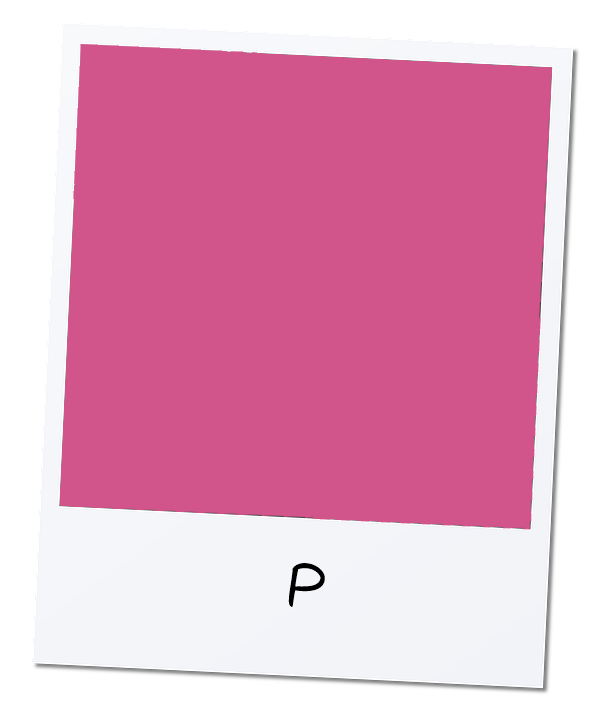
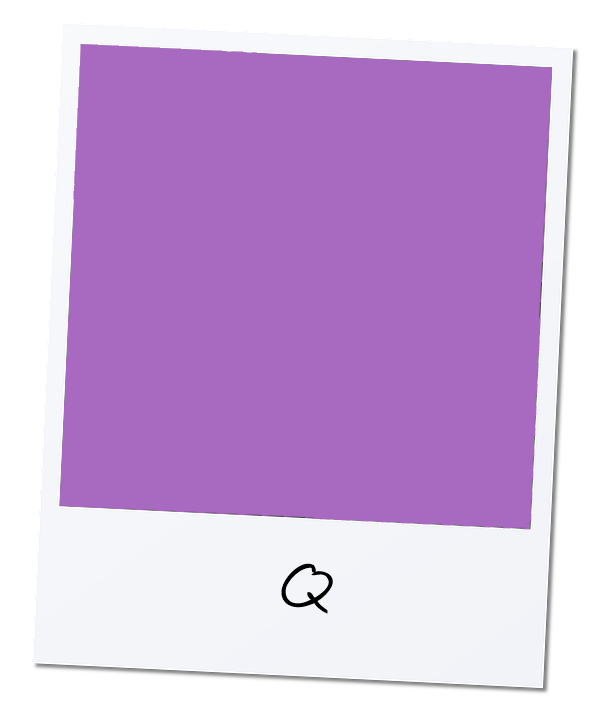
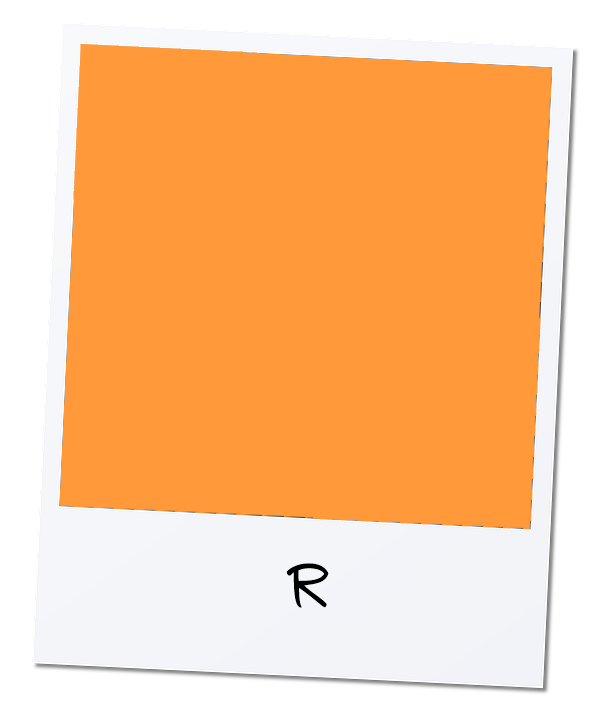

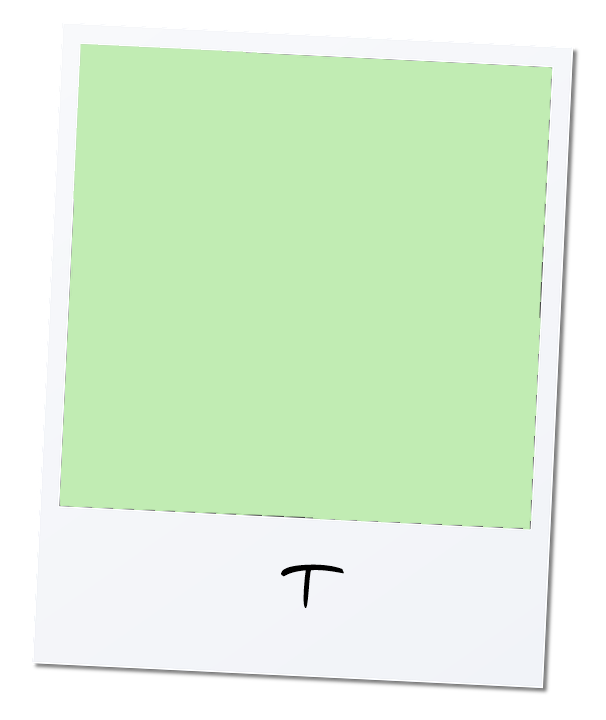
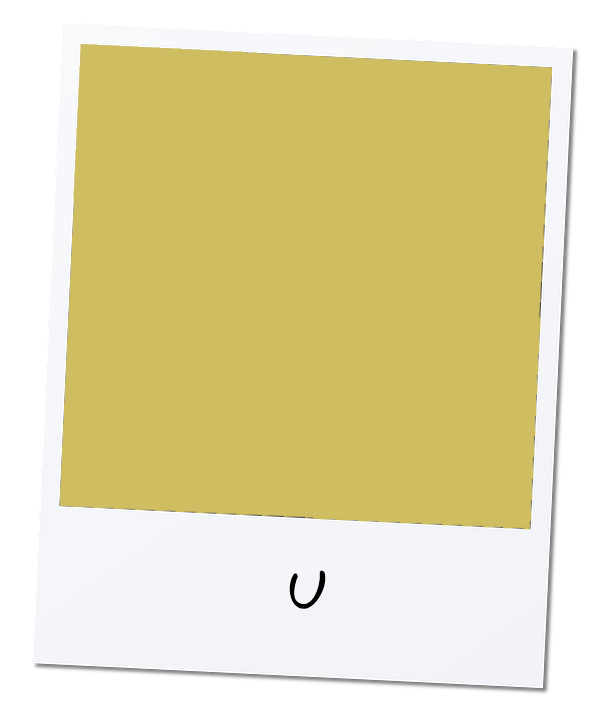
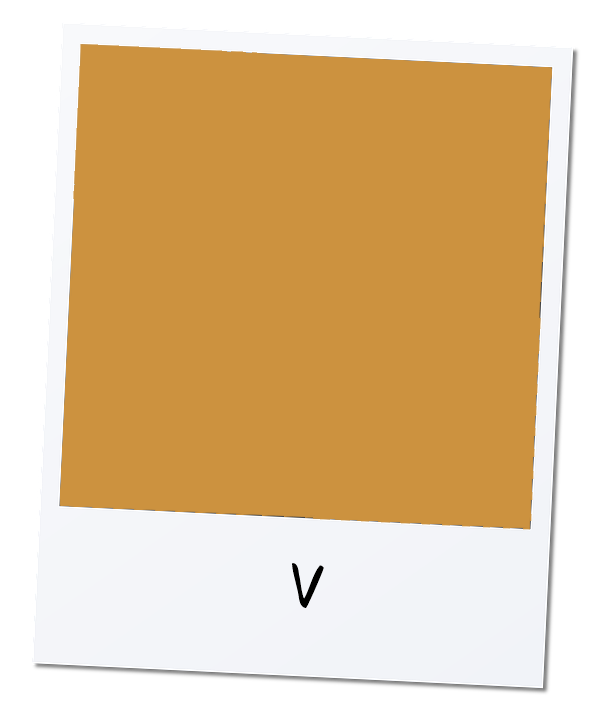
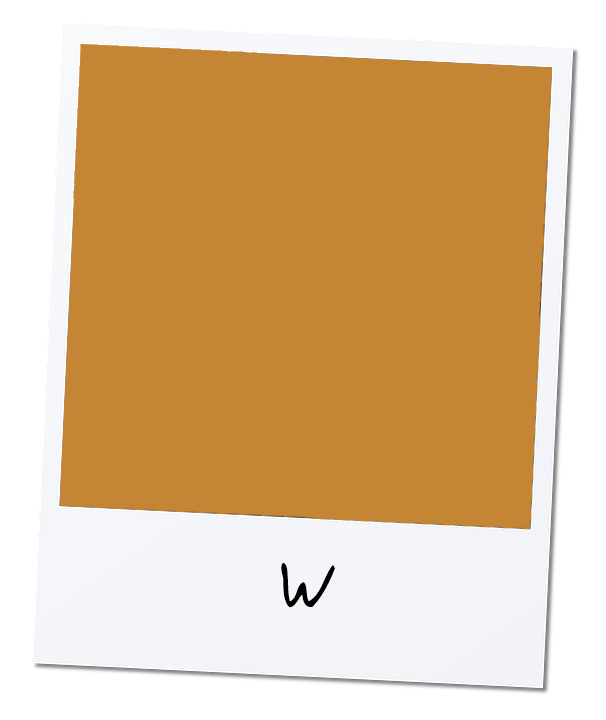

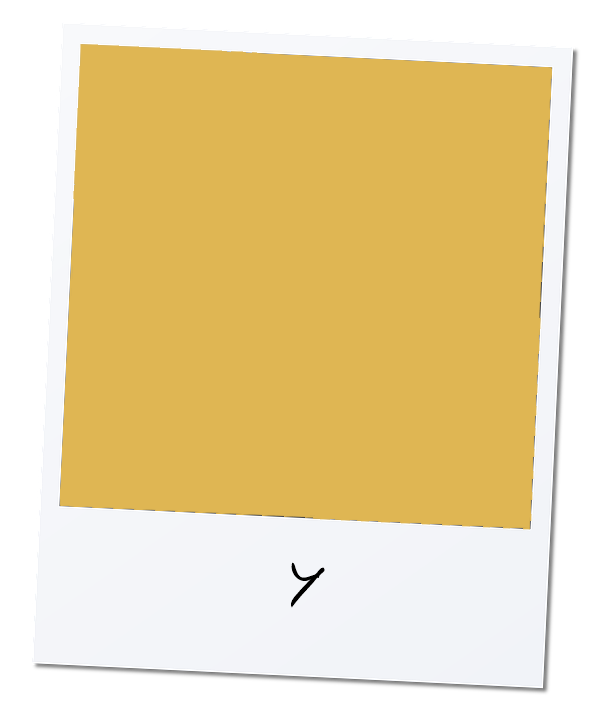

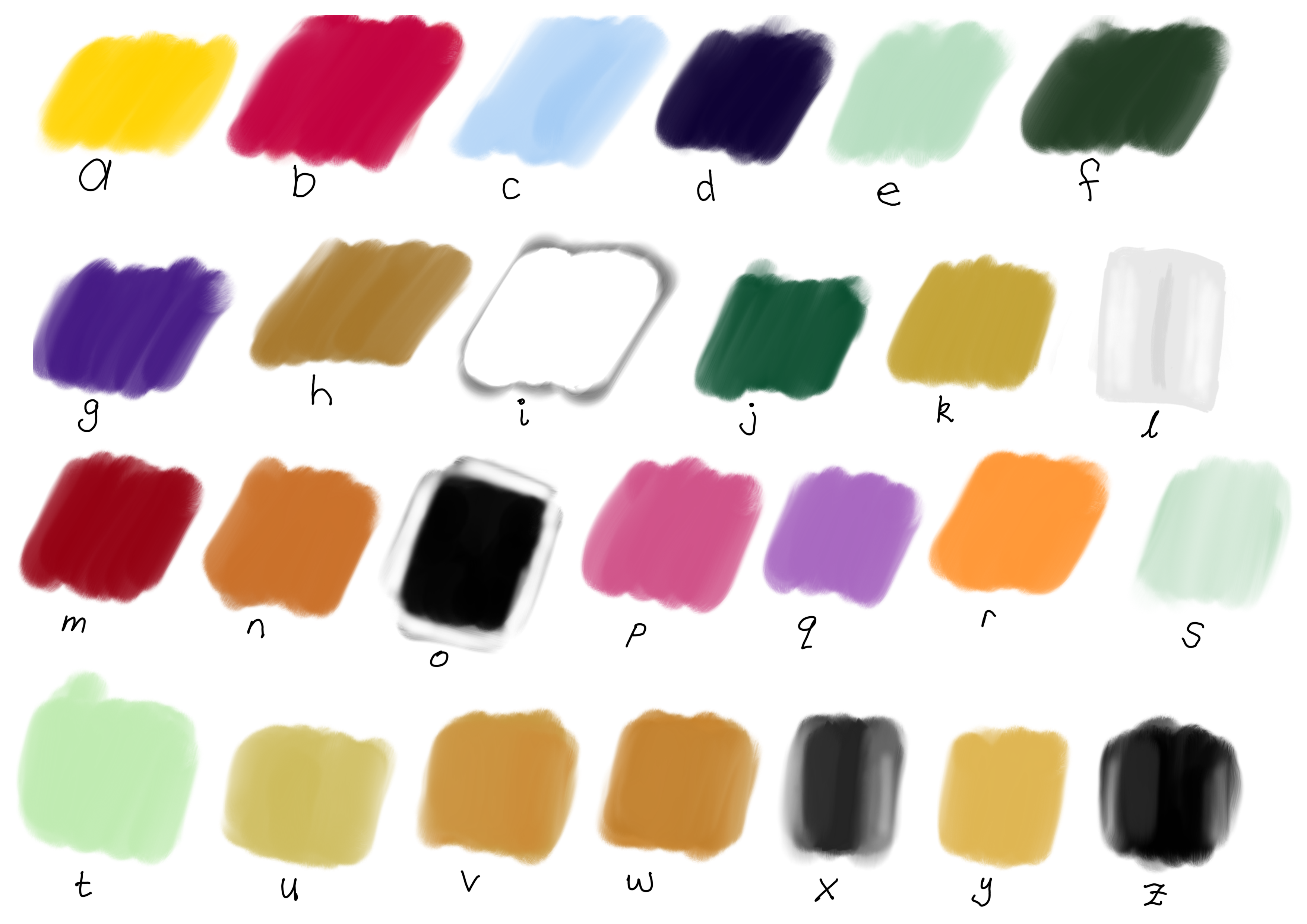
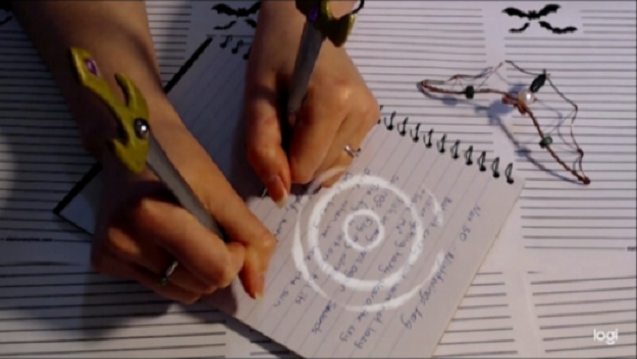






Amazing article ! I love the originality of a synesthesia based language, and even more as it is rooted in Tara's personal real experience. Illustrations are really helpful to get a more sensory understanding of it all.